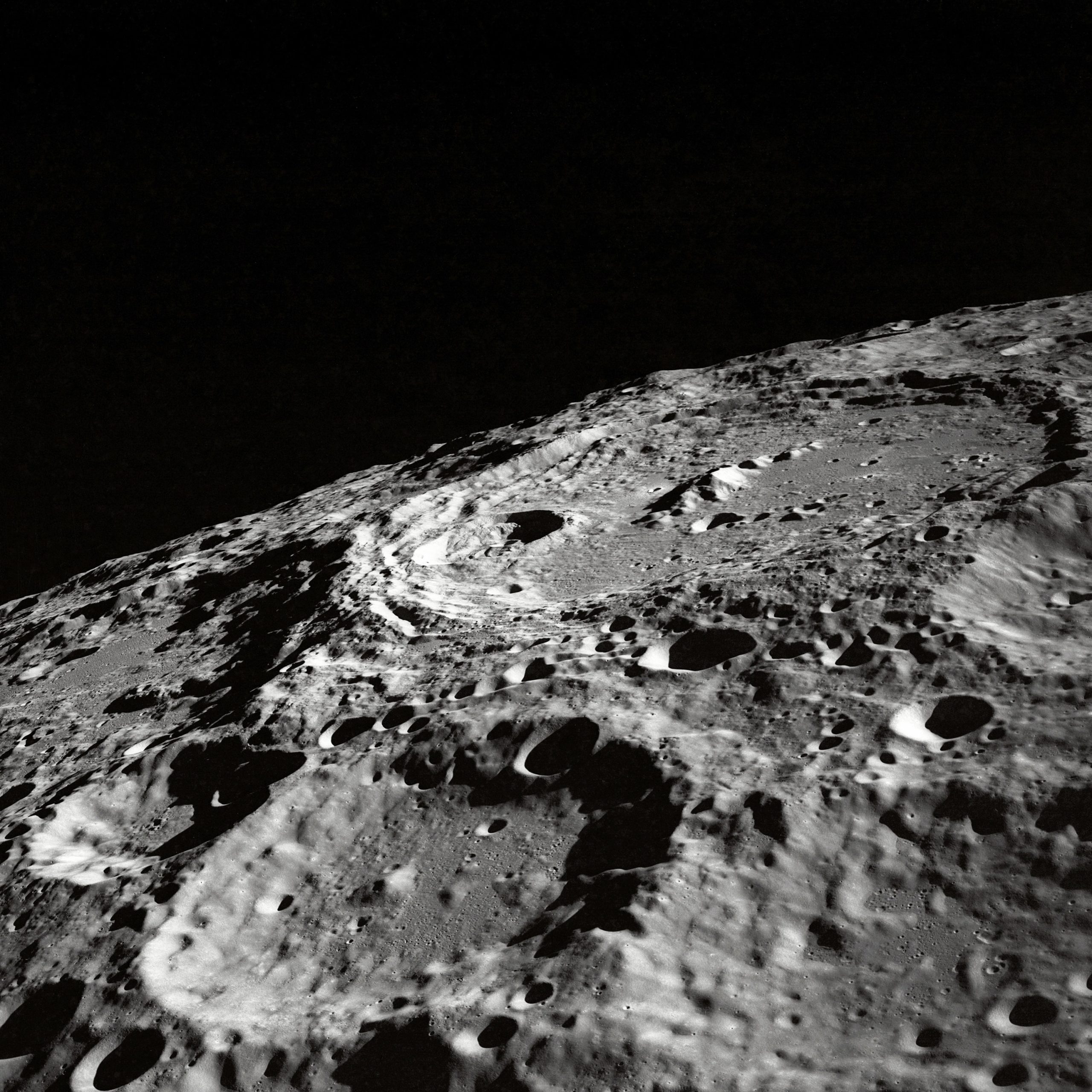Exploring the Tree of Life in the Bible: A Symbol of Divine Connection
Throughout history, trees have held significant symbolism in various cultures. In many religious texts, trees are often associated with profound meaning and divine connection. One such example is the Tree of Life mentioned in the Bible. This ancient symbol has captured the imagination and curiosity of many, inspiring countless interpretations and discussions. In this blog post, we will delve into the significance and interpretations surrounding the Tree of Life in the Bible.
The Tree of Life: A Symbol of Immortality and Divine Wisdom
The Tree of Life first makes its appearance in the book of Genesis, the opening chapter of the Bible. Found in the Garden of Eden, this majestic tree symbolizes immortality and the divine knowledge of God. Let’s explore the different occurrences and interpretations of the Tree of Life within the sacred texts.
The Garden of Eden: Genesis
In the Book of Genesis, the Tree of Life is introduced as one of two significant trees in the Garden of Eden, a paradise where Adam and Eve resided. In this lush environment, the Tree of Life is described as being located at the center of the garden, alongside another significant tree, the Tree of the Knowledge of Good and Evil.
Genesis 2:9 states, “And out of the ground, the Lord God made every tree grow that is pleasant to the sight and good for food. The tree of life was also in the midst of the garden, and the tree of the knowledge of good and evil.”
According to the biblical narrative, God permits Adam and Eve to eat the fruit of any tree in the Garden, with the exception of the Tree of the Knowledge of Good and Evil. The significance of the Tree of Life is highlighted as a separate entity, inviting speculation and curiosity.
Inspiring Divine Connection and Immortality
The Tree of Life in the Bible holds the key to immortality and divine connection. Although it is not explicitly mentioned in the text, many interpret that partaking in its fruits would bring eternal life. This interpretation gains further support in Genesis 3:22, where God states, “Behold, the man has become like one of us, to know good and evil. And now, lest he put out his hand and take also of the tree of life, and eat, and live forever.”
Although Adam and Eve did not partake in the Tree of Life, thus becoming mortal, the idea of the Tree of Life as a symbol of divine connection and immortality reverberates throughout various religious interpretations and artistic representations.
Interpretations and Symbolism of the Tree of Life
Beyond its appearances in the book of Genesis, the Tree of Life is mentioned in several other books of the Bible, each contributing to its symbolism and interpretations. Let’s delve into a few notable instances:
The Wisdom Connection: Proverbs and Psalms
In the Book of Proverbs, the Tree of Life is associated with wisdom. Proverbs 3:18 states, “She is a tree of life to those who lay hold of her; those who hold her fast are called blessed.” This verse suggests that wisdom, symbolized by the Tree of Life, brings blessings and prosperity to those who embrace it.
The symbolic connection between wisdom and the Tree of Life is echoed in the book of Psalms. Psalms 1:1-3 describes a righteous person as being like a tree planted by streams of water, bearing fruit and prospering in all they do. This metaphorical imagery aligns wisdom, righteousness, and divine connection.
Revelation: The Restoration of the Tree of Life
In the final book of the New Testament, Revelation, the Tree of Life is re-introduced, emphasizing its role in eternal life and the restoration of divine connection. Revelation 22:1-2 describes a vision of the New Jerusalem where the river of the water of life flows, and on either side, the Tree of Life bears twelve different kinds of fruit, yielding its fruit every month.
Revelation 22:14 further establishes the connection between the Tree of Life and eternal life: “Blessed are those who wash their robes so that they may have the right to the tree of life and may go through the gates into the city.”
Conclusion: The Tree of Life as a Symbol of Divine Connection
The Tree of Life in the Bible occupies a vital place in religious symbolism, representing divine connection, immortality, and wisdom. From its origin in the Garden of Eden to its appearance in the Book of Revelation, this ancient symbol resonates throughout the sacred texts.
The Tree of Life invites interpretation and contemplation, as its symbolism expands beyond a physical tree to encompass divine wisdom and eternal life. Its enduring presence in various religious texts inspires believers to seek divine connection and pursue wisdom in their own spiritual journeys.
As we reflect on the Tree of Life in the Bible, let us find inspiration in its symbolism and embrace the opportunity to cultivate our own divine connection through wisdom and righteousness.
Table of Contents
